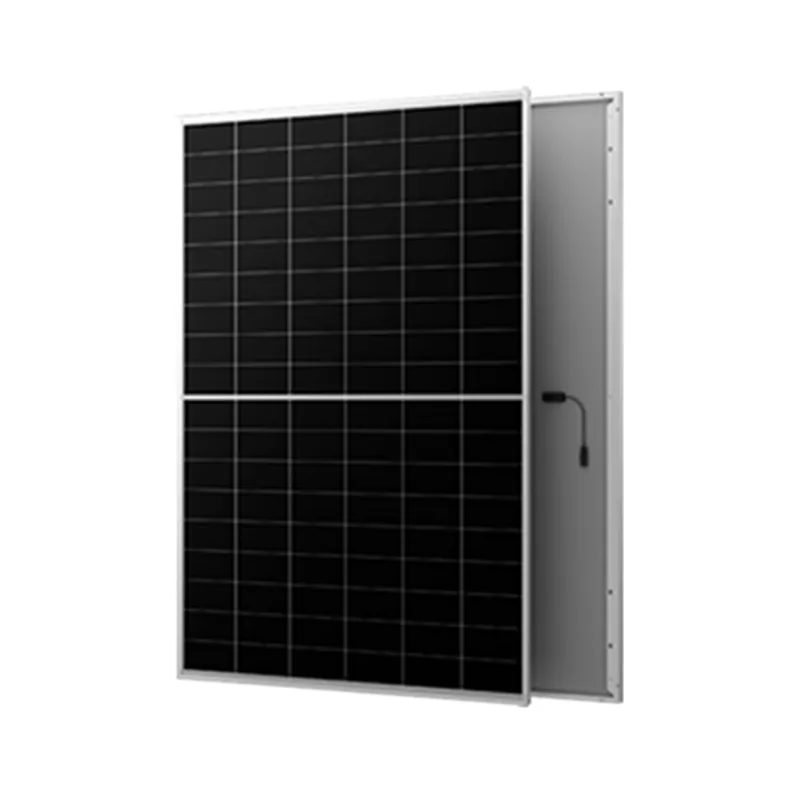microinverter
The Rise of Microinverters A Game Changer in Solar Energy
In recent years, the world has witnessed a significant shift towards renewable energy sources, with solar power at the forefront of this movement. Among the various technologies that have emerged in the solar industry, microinverters have gained substantial attention for their innovative approach to converting solar energy into usable electricity. As we delve into the mechanics and benefits of microinverters, it becomes clear why they are considered a game changer in solar energy systems.
Traditionally, solar panel systems have relied on a centralized inverter to convert direct current (DC) generated by the solar panels into alternating current (AC) for household use. However, this conventional method has its limitations, particularly in terms of efficiency and energy production. Microinverters, on the other hand, are individual units attached to each solar panel. They convert DC to AC at the panel level, allowing each panel to operate independently.
The advantages of microinverters are manifold. Firstly, they enhance the overall energy production of solar systems. In conventional setups, the performance of the entire system can be hampered by the underperformance of a single panel, often due to shading, dirt, or other environmental factors. Microinverters mitigate this issue, ensuring that each panel operates at its maximum potential regardless of the conditions affecting its neighbors. This can result in a noticeable increase in overall energy yield.
microinverter

Secondly, microinverters offer improved monitoring capabilities
. Homeowners can track the performance of each individual solar panel in real time, allowing for quick identification and resolution of any issues. This level of detailed monitoring can significantly enhance maintenance efficiency and prolong the lifespan of the solar system.Moreover, microinverters provide greater design flexibility. They can easily accommodate various roof configurations and panel orientations, making them an ideal choice for complex installations. This adaptability allows homeowners to maximize energy production, even in challenging environments.
Lastly, the safety aspect of microinverters cannot be overlooked. Since they operate at lower voltages compared to traditional inverters, they reduce the risk of electrical hazards, which is particularly important in residential settings.
In conclusion, microinverters represent a significant advancement in solar technology. Their ability to boost energy production, simplify monitoring, provide design flexibility, and enhance safety makes them an attractive option for both homeowners and businesses. As the demand for renewable energy continues to grow, microinverters are poised to play a crucial role in the future of solar power, driving us towards a more sustainable energy landscape.
-
Unlocking Energy Freedom with the Off Grid Solar InverterNewsJun.06,2025
-
Unlock More Solar Power with a High-Efficiency Bifacial Solar PanelNewsJun.06,2025
-
Power Your Future with High-Efficiency Monocrystalline Solar PanelsNewsJun.06,2025
-
Next-Gen Solar Power Starts with Micro Solar InvertersNewsJun.06,2025
-
Harnessing Peak Efficiency with the On Grid Solar InverterNewsJun.06,2025
-
Discover Unmatched Efficiency with the Latest String Solar InverterNewsJun.06,2025







